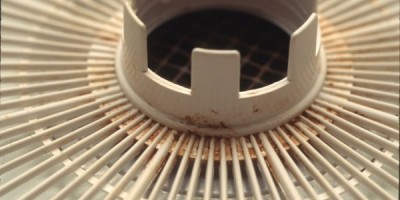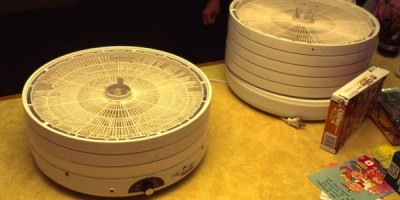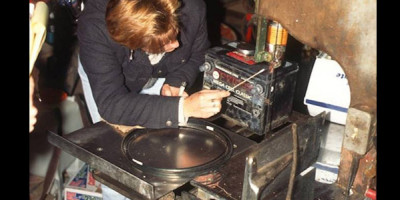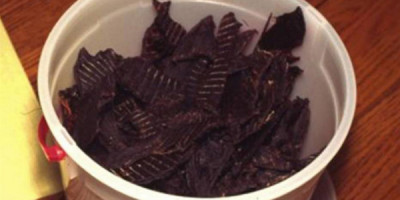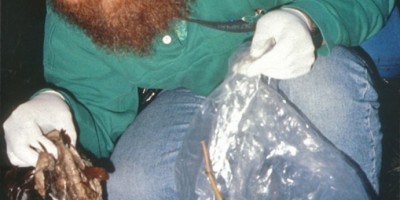| Outbreak: Venison Jerky |
|---|
| Product: Venison Jerky |
| Investigation Start Date: 11/20/1995 |
| Location: Benton County, Oregon |
| Etiology: E. coli (STEC) O157:H7 |
| Earliest known case onset date: 11/13/1995 |
| Latest case onset date: 11/20/1995 |
| Confirmed / Presumptive Case Counts: 6 / 5 |
| Positive Samples (Food / Environmental): 2 / 2 |
| Outbreak Summary: |
|---|
| At a time when ground beef was thought to be the source of all foodborne E. coli O157 infections, this was the first documentation of venison-associated E. coli O157:H7 outbreak. Epidemiologists showed that deer can be colonized by E. coli O157:H7 and ultimately be a source of human infections. Game should be handled with the same caution indicated for commercially slaughtered meat, and jerky dehydration does not reliably kill bacteria in meat. |
| Details: |
|---|
| The following is the abstract from the published article found here. OBJECTIVE: To investigate a 1995 outbreak of Escherichia coli O157:H7 infections and to assess the safety of meat dehydration methods. DESIGN: Survey subsequent to routine surveillance report, environmental investigations, and laboratory experimentation. SETTING: Oregon community. PARTICIPANTS: Members of an extended household and their social contacts with confirmed or presumptive E coli O157:H7 infections. RESULTS: A total of 6 confirmed and 5 presumptive cases were identified. Homemade venison jerky was implicated as the source of transmission. E coli O157:H7 with the same distinctive, pulsed-field gel electrophoresis pattern seen in the case isolates was recovered from leftover jerky, uncooked meat from the same deer, a saw used to dismember the carcass, and fragments of the deer hide. In a subsequent survey, E coli O157:H7 was recovered from 3 (9%) of 32 deer fecal pellets collected in nearby forest land. In the laboratory, inoculated venison was dried at several time and temperature combinations, ranging up to 10 hours at 62.8 degrees C. Viable organisms were recovered under all conditions tested. CONCLUSIONS: Deer can be colonized by E coli O157:H7 and can be a source of human infections. Conditions necessary to ensure the safety of dried meat deserve further review. Game should be handled with the same caution indicated for commercially slaughtered meat. |
